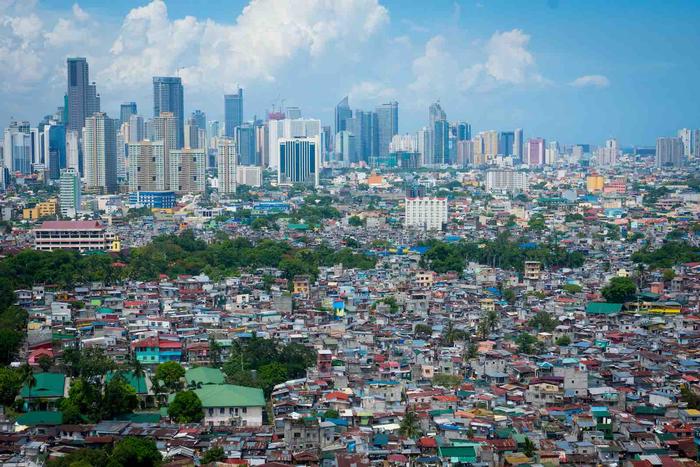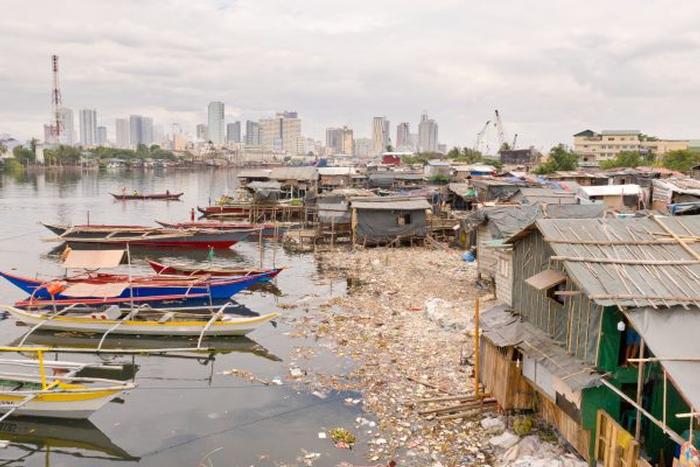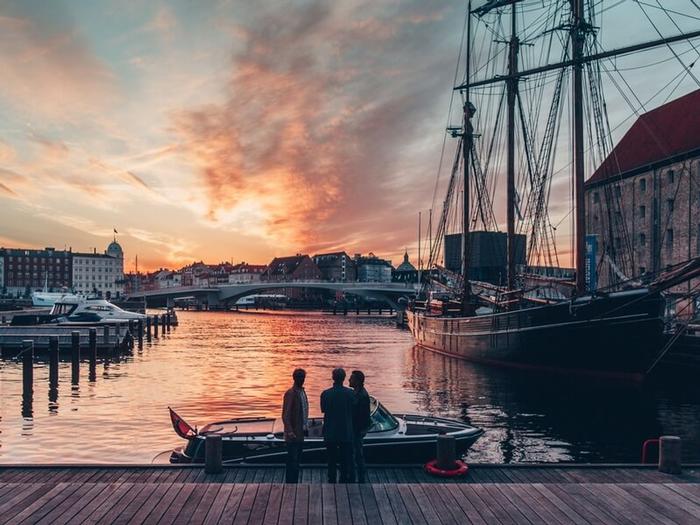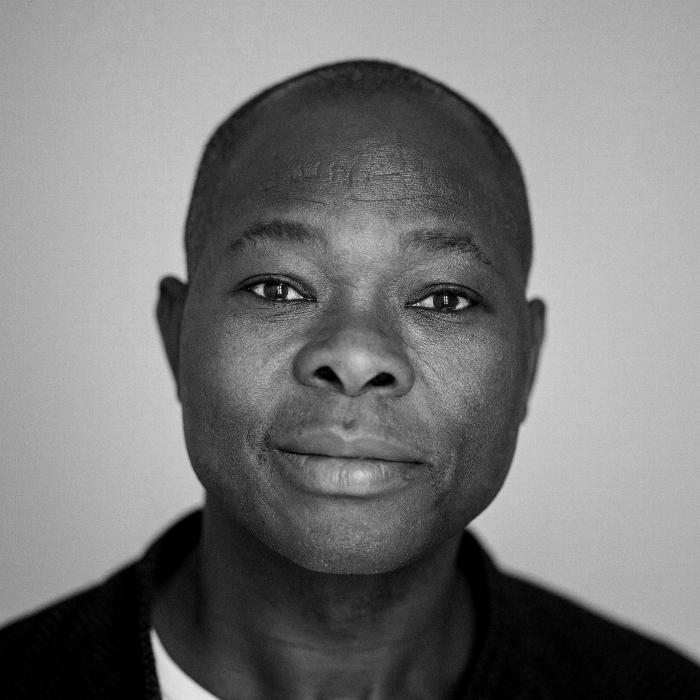Angelika Baileen Lejao - ProposalSustainable Future; Leave No One BehindIt was in the afternoon around five; me and my brother were sitting at the top of our corrugated tin-roofed house, enjoying the fresh air, looking at the horizon, waiting for our parents to come home. No one dared to speak to ruin the moment, the sun was a deep red hue and seemed to be lowering into the mountains, and the sky was almost completely dark when the first stars appeared. There is something about that day, that made me believe my sunset was different, I didn't perceive it as an amazing work of nature but rather as a source of warmth and hope. We live in a cement-built home with a corrugated tin roof, this is a norm in our country. The majority of families have access to power, but only those who are lucky enough, have access to a reliable source of safe water. I remember having to travel to another “barangay” to fetch water, we would fill six large gallons using handpumps every weekend and these six large gallons will last us a week. Poverty and inequity persist in the Philippines, and coming from this sector, I committed myself to bring positive change, transforming communities through the process of architecture and because I believe architecture is a necessary avenue in driving positive economic, environmental, and social change. Shifting my focus from thirteen years ago, I am walking at the busy streets of Metro Manila. The intense heat was penetrating through my umbrella, drastic climate shifts were visible and due to rapid urbanization, there has been lack of pedestrian facilities and public transportation systems, causing people to invest more in private motorized vehicles, forcing us, the underprivileged who can’t afford to buy cars to cram into very narrow streets. For millions of Filipinos living in one of Asia's most congested metropolitan areas, getting to and going home from work or school has been a constant source of stress. The coverage of urban rail is limited, trains are prone to breakdowns, and long lines of plebeians spill onto the streets, where exhaust fumes are intoxicating. At night instead of beautiful sunsets and mountains, you’ll see high-rise residential buildings crammed into a small geographical space, and the stars are nowhere to be seen, masked with the city’s thick smog. The city’s skyline is full of promises, but a closer look reveals very different realities. High-rise buildings created inequity, capital occupies the primary spaces, while the poor have fled at the edge of the city. Our country’s cities face a slew of environmental issues, including solid waste management issues, air and water pollution, and climate change, and with our country's high exposure to natural hazards, particularly flooding and earthquake risks, all of which exacerbate urban management challenges. In addition, there are other binding constraints that in contrast to these problems, can be overcome by a bold reform agenda, the fragmented institutional frameworks for urban development and metropolitan governance, as well as the grave shortcomings in land administration and management. The effects of these problems, along with the country's growing urbanization; inclusivity and sustainability have become a challenge and have impacted the competitiveness of job creation, poverty reduction, and livability of our country's cities. The world has cast a bright spotlight on these serious problems, although all nations on all continents are impacted by these, not all of them are equal, those who are already oppressed and impoverished, frequently experience the hardest consequences and have the least capacity to cope, everyday crisis persists, it becomes harder for them to make a living, feed their family, and build stable houses. Due to their position within the towns and cities, and the dearth of trustworthy basic services, the urban poor, the children and the elderly are especially susceptible to these inequities. The Philippines is incredibly beautiful and a promising country with forward-looking developments, but the idea of sustainability has not kept up with its rate of growth and expansion. Despite the fact that some damage has already been done, architecture and the careful design of cities and communities can be a strong mitigating force. Having said that, when I walk through the streets of Metro Manila, I still frequently find myself unexpectedly excited by the possibilities, just as the sunset brought me hope thirteen years ago, I find myself tasked with the idea of being a part of the paradigmatic that will take it to that place, where the great cities unite to share in their magnificence. I'm reminded subconsciously that as a future architect, my duty isn’t to provide a shelter, but to build a home, but this can only work if it's treated from a pragmatic standpoint rather than as a wishful fantasy. The UIA World Congress of Architects 2023, aims to make architecture a central tool in achieving the United Nations 17 Sustainable Development Goals and to take part in a conference such as this, would be the best step toward creating change. The speakers have been carefully chosen for their significant contributions in architecture, science and politics, examining the aforementioned issues from a variety of perspectives, including how we live in cities and how each issue we encounter changes when other factors are taken into account. It would be an amazing opportunity for an aspiring architect like me to meet and interact with influential and forward-thinking figures in the built environment who shares the desire to bring change, to take part in exhibitions, competitions, student activities, and public outreach programs and especially, to join the “Leave No One Behind” agenda. I believe that as a next-generation architect, my perspectives are critical for a nuanced and diverse understanding of the challenges we face, I believe simply identifying the problem is not enough, it is more important to become a part of the solution and make creative significant contributions. Being given the chance to participate in this year's program will be a once-in-a-lifetime experience, and it may serve as the catalyst for my eventual transition from a student to a professional and a chance to look at the beautiful city of Copenhagen, a vibrant stage to celebrate sustainable urban development. As I work to improve my country and make its cities, cities of innovations and a point of reference that bring sunsets as a symbol of a new beginning and as a source of warmth and hope for the future generations. Itinerary June 30-July 8: June 30 (Friday) 10:25am: Flight economy (Emirates Airways) from Ninoy Aquino International Airport, Manila, Philippines to Copenhagen, Denmark with 3 stops: Manila to Dubai (9hrs), Dubai to Budapest (6hrs), Budapest to Prague (1hr 20m) Prague to Copenhagen (1hr 20m). July 1 (Saturday) 3 pm: Arrival at the Copenhagen Kastrup Airport; check in at the Cabinn Metro Hotel. July 2 (Sunday) 8am: Join the free walking tour at The Frederik’s Church; at 3pm proceed to the Welcome Reception at the Copenhagen City Hall. July 3-4 (Monday-Tuesday) 8:30am-4:30pm: Official Program at the Bella Congress Center, Architectural Tour and Side Events; then night stroll at the streets of Ørestad or watch the sunset at the Nyhavn Waterfront Canal. July 5 (Wednesday) from 9am to 2pm: Official Program and Farewell Party; July 6 (Thursday): Closing Program at the Bella Congress Center. July 7 (Friday) 8am: Walk through the freetown at Christiana then head to the Gryptoteket Museum. July 8 (Saturday): Flight back from Manila, Philippines. Expenditure Visa: $90 Round trip flight: $1,170 Registration: $130 Accommodation: $1,690 Food: $500 Pocket Money: $120 Total= $3,700 Information about The UIA World Congress of Architects CPH 2023 at: https://uia2023cph.org Additional Help and InformationAre you in need of assistance? Please email info@berkeleyprize.org. |




